Transforming Spaces with Interior Design Technology
Explore the latest innovations in interior design technology—automated lighting, virtual reality planning, and sustainable smart homes.

Technology is reshaping the interior design industry in exciting and unexpected ways. It's changing the way we design and experience our living spaces. From planning and visualization to functionality and sustainability, today's designers have more tools than ever to create beautiful and efficient spaces.
TL;DR
Technology is reshaping interior design with smart lighting, AI tools, and VR visualization—making spaces more efficient, personalized, and sustainable. From voice-controlled furniture to eco-friendly automation, discover how tech creates smarter, stylish homes.
In this post, we look at how interior design technology helps designers and homeowners easily create beautiful, functional spaces. Whether it's smart lighting or AI-powered tools, it's never been easier to design functional spaces without the need for advanced tech skills.
The role of technology in interior design
Technology in interior design has made it easier to plan, visualize, and execute creative ideas. Designers now use digital tools to show clients detailed layouts, 3D models, and even virtual reality walkthroughs before any physical changes happen.
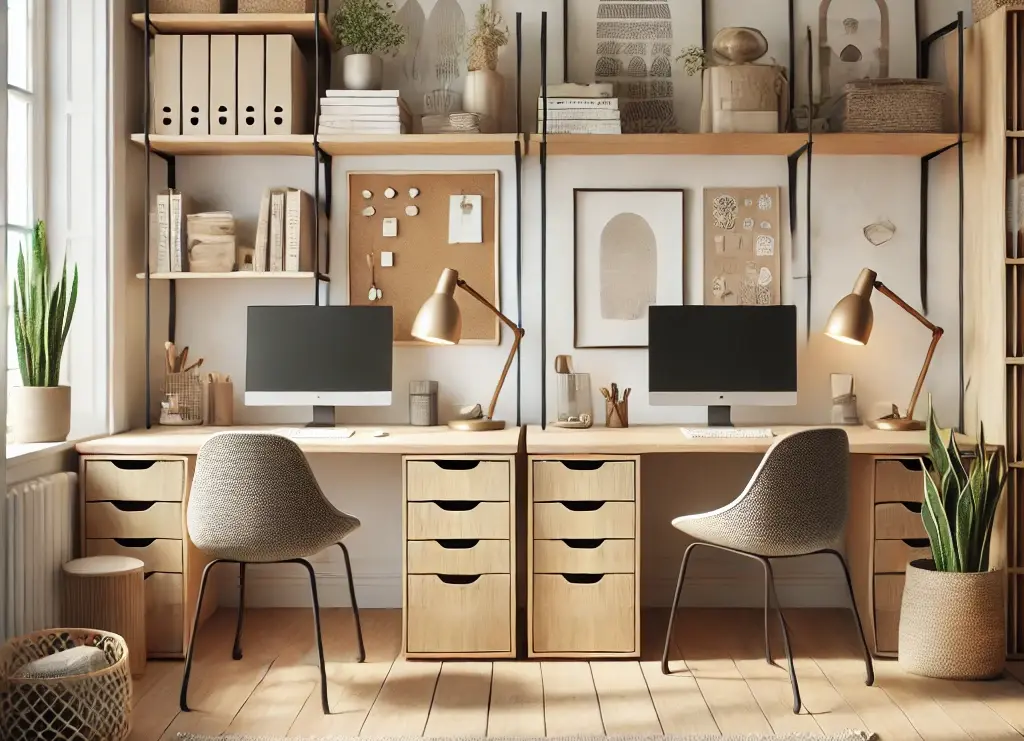
This not only saves time but also helps prevent costly mistakes. The shift from traditional sketches to tech-powered presentations is a game-changer for professionals and homeowners.
Benefits of integrating technology into interior design
Smart homes aren’t just a trend—they’re becoming the norm. Smart home devices, automated lighting, and voice-controlled features make homes more comfortable and energy-efficient. Technology also allows for personalized designs so spaces can adapt to individual preferences and needs.
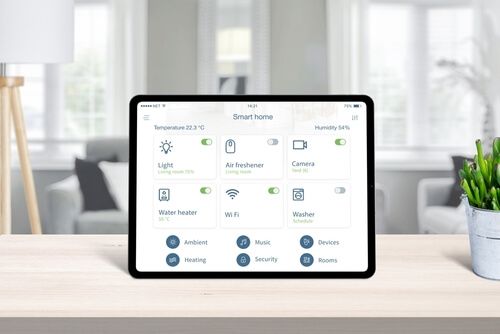
It also enhances everyday living by improving energy efficiency and even promoting wellness. These benefits make tech-based interior design appealing to modern homeowners.
Future trends in digital design and automation
Automation and AI will continue to revolutionize how spaces are designed and used. We’re seeing an increase in AI tools that suggest layouts, materials, and color palettes based on personal preferences.
Robotics and smart materials are on the rise, too, making furniture and finishes more interactive. These innovations are shaping the future of interior design technology in exciting ways.
Current types of technologies for interior design
Modern interior design relies on a mix of smart devices, AI, and connected technology. These tools help users create spaces that are functional and efficient.
1. Smart lighting solutions
Automated lighting systems are leading the way in home design. They make it easy to adjust brightness based on natural light or occupancy and help save energy while keeping homes well-lit. This also includes efficient light bulbs that you can control remotely via apps or voice commands.
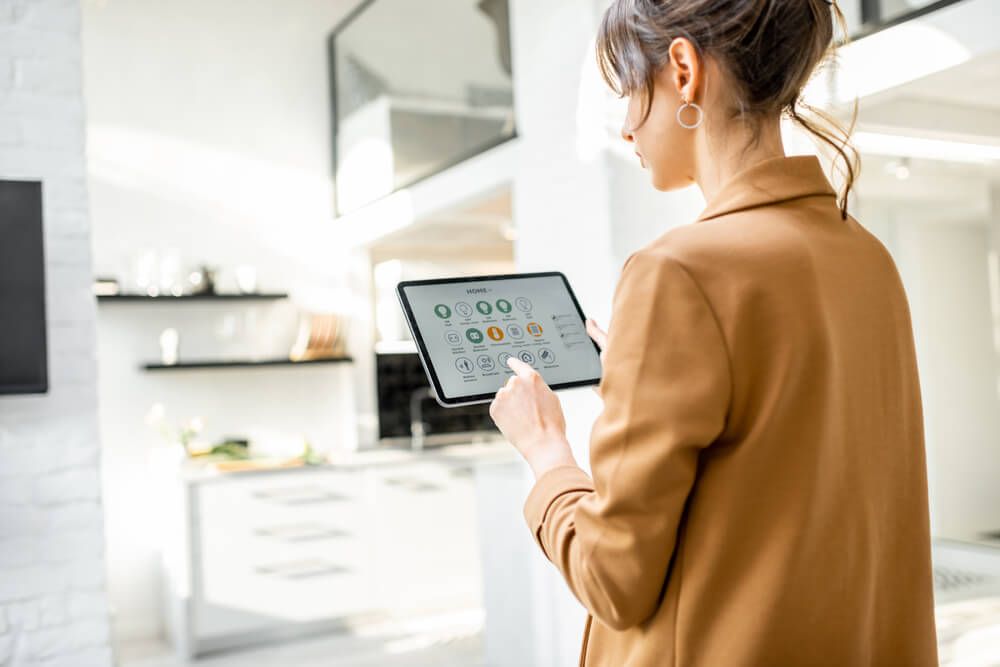
Color-changing LED lights are a great way to set different moods—warm tones for relaxation, bright whites for focus, or vibrant colors for parties. This type of lighting lets you customize your environment to fit your mood or task and add some personality to your home.
2. AI-powered interior design
AI interior design tools help designers and homeowners design and visualize spaces in a whole new way. From suggesting furniture layouts, color schemes, and decor styles based on preferences to creating renders based on designs, AI can make your dream come to life.
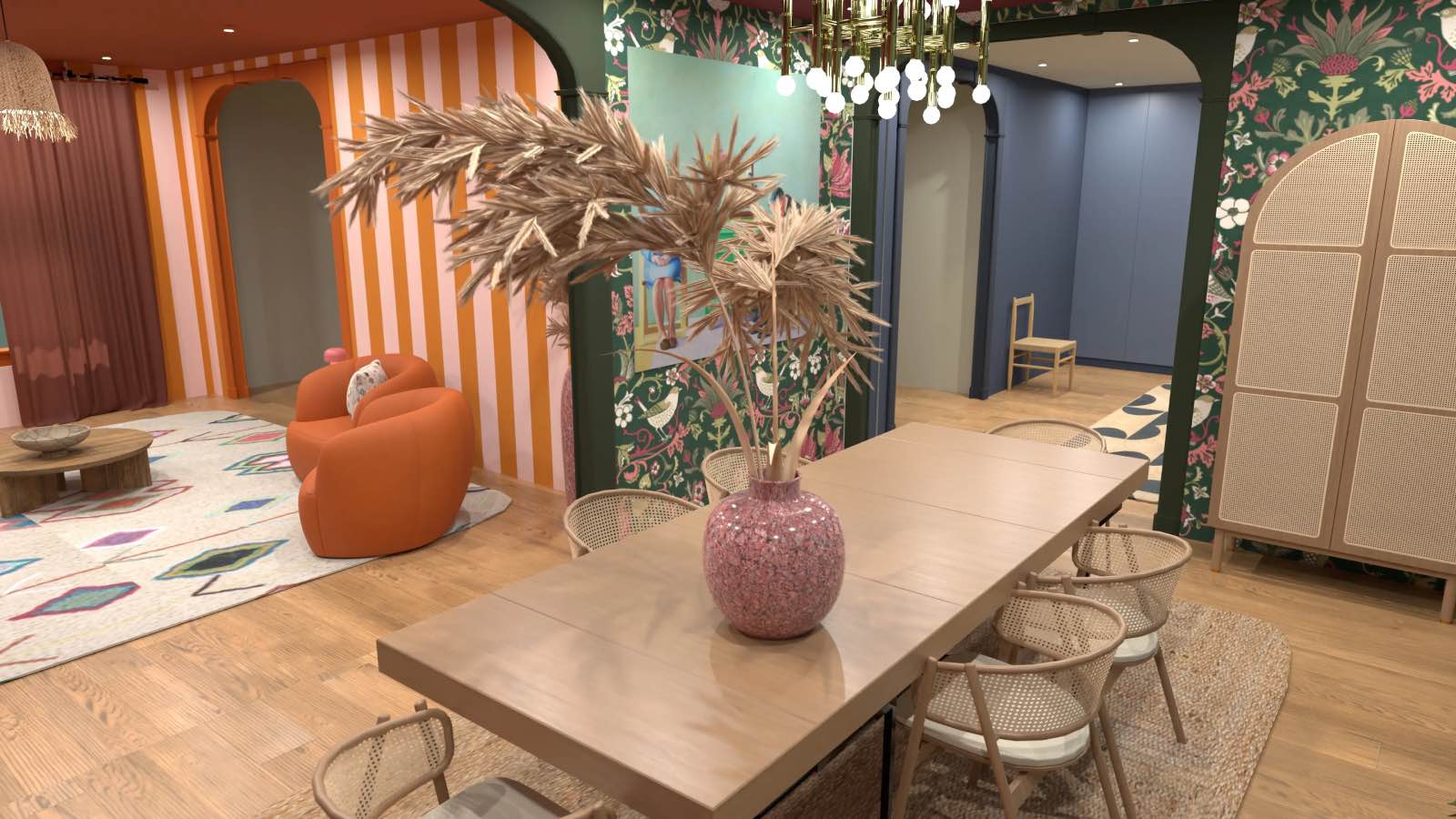
AI-driven interior design apps and platforms are also gaining popularity. Apps like Planner 5D, Roomstyler and even ChatGPT can recommend furniture and accessories that fit a room’s dimensions and style. This makes decorating easier for those who aren’t design experts.
3. Smart furniture and connected devices
Furniture is getting smarter, with features like built-in wireless charging, adjustable heights, and hidden storage. Think of coffee tables with built-in wireless chargers or sofas with USB ports. Some sofas and beds even have sensors to track sleep patterns or adjust firmness.
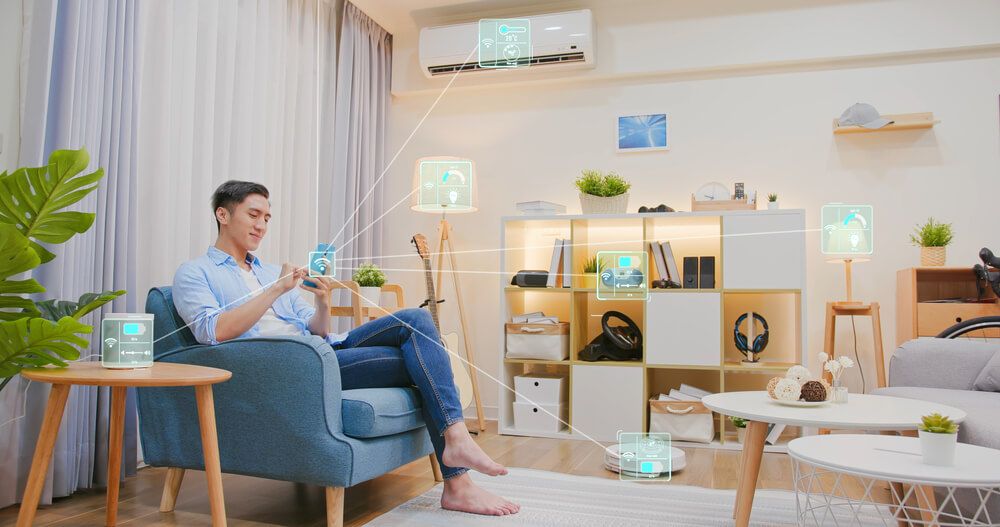
Voice-activated devices and app-controlled features—like motorized curtains or smart mirrors—make daily life more convenient, especially for people with mobility issues. These innovations blend seamlessly into modern interiors while adding high-tech functionality without sacrificing style.
Digital tools and software for interior designers
Interior designers (and homeowners who want to try their hand at design) now have access to powerful digital tools that make planning and visualization easier than ever. These technologies help bring ideas to life before any physical changes are made, helping to avoid costly mistakes.
3D modeling and virtual reality (VR) in design
3D rendering software allows designers to create lifelike images of spaces, experimenting with textures, colors, and layouts. Before committing to a design, clients can see exactly how a room will look. This makes it easier to spot problems and refine ideas early in the process.
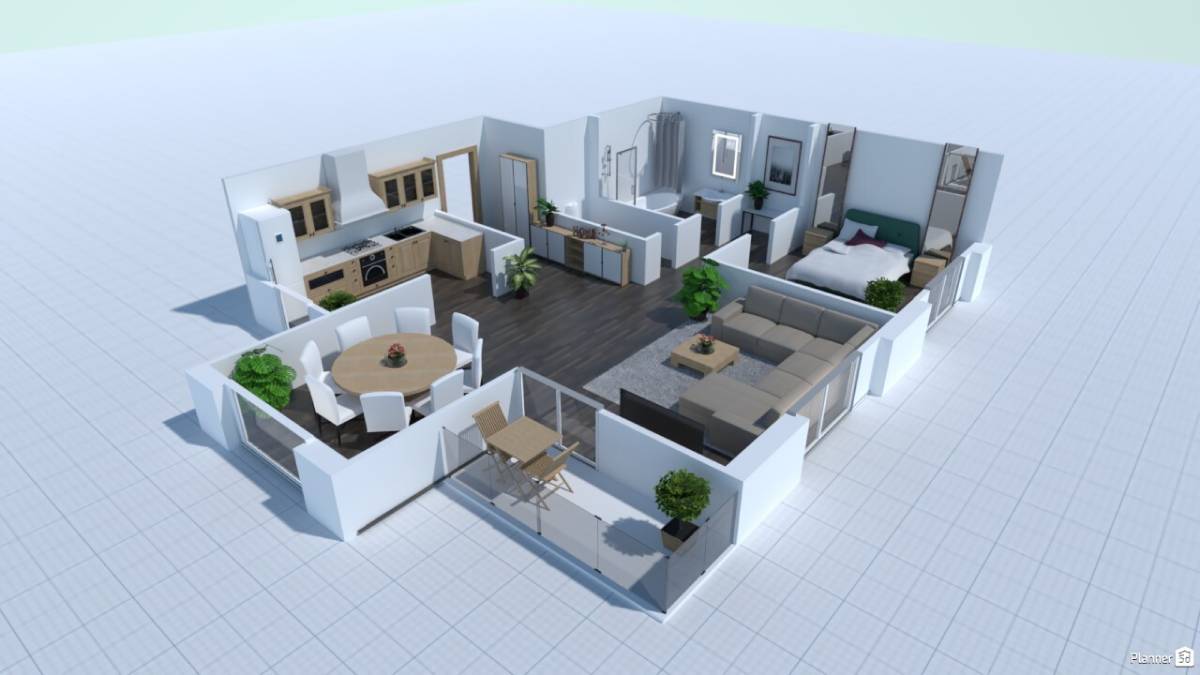
Virtual reality takes this even further by letting clients "walk through" their future home in a fully immersive 3D environment. It’s an exciting and effective way to experience a design plan before any physical changes are made. This feature can help them make confident decisions about furniture placement and decor.
Augmented reality (AR) for home decor
AR apps allow you to see how furniture and decor will look in your actual space using your phone’s camera. This eliminates the guesswork when shopping for home items. It also can prevent surprises and make you more confident about shopping for home items online.
Many brands now use AR to give customers a better experience. Stores like IKEA and Wayfair have AR features in their apps, letting users explore products in 3D. This kind of technology makes shopping more interactive and fun.
Sustainable interior design through technology
Eco-friendly living is no longer just a nice idea—it’s a must. Technology plays a big part in helping designers and homeowners create more sustainable interiors. From energy-saving devices to sustainable materials, tech is helping create greener homes.
- Smart thermostats, lighting systems, and energy-efficient appliances can significantly reduce energy use. These tools track usage through their apps and help you adjust settings for maximum efficiency. Over time, they lower utility bills and reduce your carbon footprint.
- Designers also use digital tools to source recycled or low-impact and ethically sourced products, helping you make responsible choices. Digital mood boards and sampling tools reduce the need to ship physical samples, save resources, and cut waste.
- IoT (Internet of Things) connects your home devices so they can work smarter together. For example, your lights, thermostats, and blinds can sync up to reduce energy use based on your habits. These connected systems make it easier to manage your home responsibly while staying comfortable.
The future of interior design technology
The future is full of innovation in interior design. As digital tools grow smarter, how we create and experience our living spaces will change even more.
AI will continue to refine design recommendations, making everyday living easier, from voice-controlled assistants to intelligent lighting and climate control. AI is becoming a design partner, learning your style and making helpful suggestions. This makes it easier to design a home that fits your lifestyle.
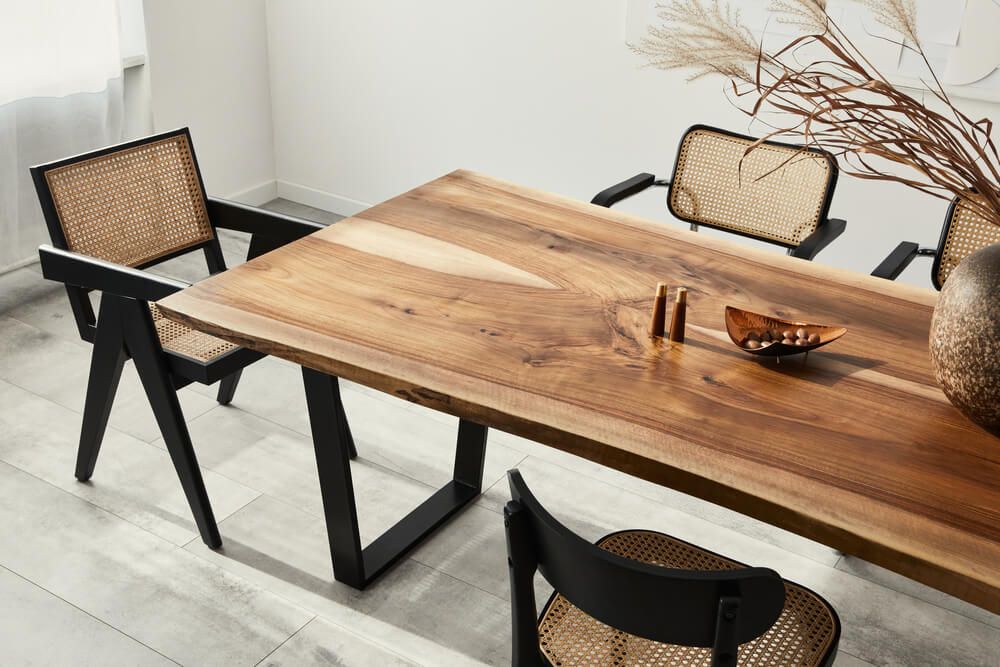
In the future, robotics will be able to assist in custom furniture production based on your needs. Materials that respond to light, heat, or pressure are also starting to appear in the design world. These innovations will make interiors more dynamic and adaptable than ever before.

Even the blockchain and NFTs have entered the design space. Designers are now exploring blockchain to verify ownership of digital assets like virtual furniture or artwork. NFTs are making it possible to own unique digital decor or exclusive design elements. While still emerging, this trend could change how we view design in both real and virtual spaces.
Conclusion
Technology is revolutionizing interior design, making it more efficient, personalized, and sustainable. From AI and interior design software to sustainable materials and digital walkthroughs, there’s a world of possibilities at your fingertips.
Whether you're a designer or a homeowner, it’s the perfect time to explore and adopt smart design tools. Embrace the future of interior design technology and see how innovation can transform the way you live.
Planner 5D: The Future of Interior Design
Experience the power of AI-driven design with Planner 5D. Our innovative tools, including the Design Generator, Smart Wizard, and AI floor plan recognition, make bringing your dream home to life easier than ever. Transform your vision into reality and unlock a world of design possibilities today.
Start designing your dream home